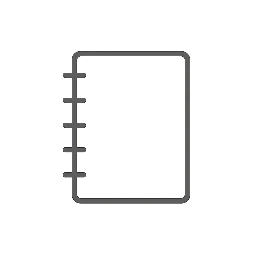Land clearing is the process of removing trees, stumps, rocks, and other obstacles from a piece of land to prepare it for construction, agriculture, or development. It often involves specialized equipment and techniques to efficiently and safely transform the terrain. Understanding the basics of land clearing can help property owners plan their projects better and manage costs effectively.
The scope of land clearing varies widely depending on the size of the property and the intended use. It can range from clearing a small residential lot to preparing large areas for commercial use. Knowing what tools and methods to use, as well as legal requirements, can make the process smoother and less costly.
Proper land clearing is essential to ensure a safe and workable site, but it requires careful assessment to decide what tasks can be done independently and when professional help is necessary. This guide aims to provide clear, practical information for anyone involved in land clearing projects.
Land Clearing Techniques
Land clearing involves different methods tailored to the size, terrain, and vegetation of a site. It requires balancing efficiency, cost, and environmental impact, depending on project goals and available resources.
Mechanical Land Clearing
Mechanical clearing uses heavy machinery like bulldozers, excavators, and forestry mulchers to remove trees, brush, and debris. It is effective for medium to large land parcels and speeds up the process significantly compared to manual methods.
Bulldozing pushes vegetation and debris off the site, while grinding and mulching cut materials into smaller pieces, leaving them on-site as ground cover. Excavation removes roots and large stumps but can be costly and disruptive to soil.
This method demands experienced operators and maintenance of equipment. It is well-suited for construction and large agricultural projects where speed and thoroughness are priorities.
Manual Land Clearing
Manual clearing involves hand tools such as chainsaws, machetes, and grub hoes to cut and remove vegetation. It is ideal for small plots or areas with difficult terrain where machinery cannot operate efficiently.
This technique requires physical effort and time but offers greater precision and less soil disturbance. It also allows selective clearing, preserving certain plants or features.
Often chosen for landscaping, gardening, or initial clearing phases, manual methods provide control at a lower cost, though the work is slower and more labor-intensive.
Chemical Land Clearing
Chemical clearing uses herbicides to kill unwanted vegetation over time. This technique is suitable for managing large areas where physical removal is impractical.
Herbicides target specific plant types, reducing regrowth and minimizing repeated clearing efforts. Application requires knowledge about safe handling and environmental regulations to prevent contamination.
While cost-effective for maintenance, chemical clearing often acts as a supplement to mechanical or manual methods and is less effective for immediate site preparation.
Planning and Regulations
Proper planning involves evaluating the land’s conditions and understanding legal requirements. This ensures compliance and cost efficiency throughout the clearing process.
Site Assessment and Preparation
Before clearing, a detailed site assessment identifies trees, rocks, and other obstacles. Soil type and drainage also influence preparation strategies.
Mapping the area helps locate protected vegetation or sensitive habitats requiring special care. The presence of roots, stumps, and boulders will determine the clearing method and equipment needed.
Preparing the site may include flagging boundaries, marking no-clear zones, and arranging erosion control measures. These steps prevent damage to the environment and neighboring properties.
Environmental Permits
Obtaining permits is often mandatory before land clearing begins. These permits vary by location and may involve local, state, or federal agencies.
Typical permits include those for tree removal, wetland disturbance, and dust or runoff control. Failure to secure them can lead to fines, project delays, or legal action.
Applicants must provide detailed plans showing the scope of clearing, methods to protect wildlife, and soil stabilization techniques. Agencies review these to ensure compliance with environmental laws and public safety standards.









Leave a Reply